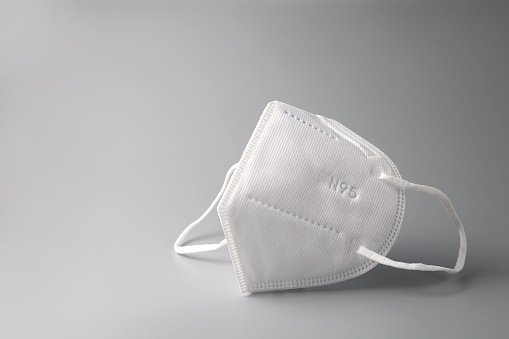As per the report of 2008, about 15% of American adults are experiencing this abnormal balance disorder condition. Researchers say that this disorder can be caused by certain conditions of health or medicines, and can even be caused when the inner ear of the brain is infected. So trying to keep up with the daily activities with this disorder can be quite difficult and even might cause emotional and psychological hardship. So, the only way to get rid of this condition is to find the best balance disorder treatment as fast as possible before it worsens.
A balance disorder is an abnormal condition that constantly makes you feel dizzy or unsteady. So, people with this condition are more likely to feel sensations such as moving, spinning, or floating when they are not. A balance disorder can make them suddenly tip over while walking. However, the term ‘dizziness’ could mean different things to different people. For example, to some individuals, it could mean vertigo (the spinning sensation that lasts for long periods) while to some it could mean the feeling of faintness.
Symptoms of balance disorder
Before we move on to those different ways of balance disorder treatment, first let us take some time to know the symptoms of balance disorder. So, people with balance disorder could probably feel the following symptoms. This can include:
- Nausea and vomiting
- Diarrhea
- Staggering when trying to walk
- Blurred vision
- Disorientation or confusion
- Fear
- Dizziness or a spinning sensation (vertigo)
- Sudden fall or feeling as if you are about to fall
- Panic
- A rapid change in heart rate and blood pressure
- Sudden faintness, lightheadedness, or a sensation of floating
- Anxiety
All these mentioned symptoms could come and go and can even last for hours. Moreover, it can even lead to fatigue and depression. So, if you have any of these symptoms, then make sure to consult the best doctor as quickly as possible to get rid of those symptoms. That’s because delaying can only lead to worsening the condition.
Diagnosis of balance disorder
The doctor will first review your history and will perform a neurological and physical examination. The doctor might further perform the following test to determine whether your symptoms are caused by your inner year. So, the test might include:
- Hearing tests: If you have difficulty hearing then this can often be associated with your balance problem.
- Imaging tests: This includes undergoing a CT scan and MRI. This test will help in determining the underlying medical condition that can cause balance disorder.
- Posturography test: In this test, the doctor will give a safety harness to wear. Then, you will be told to stand on a moving platform. This test helps in indicating the part of your body you rely on the most.
- Rotary chair test: In this test, the doctor will let you sit on a chair that rotates slowly. This test helps in analyzing the movement of your eyes.
- Vestibular-evoked myogenic potentials test: In this test, the doctor will attach sensor pads around your forehead, neck, and under your eyes. This test helps in measuring tiny changes that occur in muscles in reaction to sounds.
5 effective balance disorder treatments
Now that you are aware of how dangerous an abnormal balance disorder can be, then let us get to know those different ways of balance disorder treatment. They are as follows:
- Balance retraining exercises (vestibular rehabilitation)
- Positioning procedures
- Diet and lifestyle changes
- Medications
- Surgery
However, all these treatments may depend on the cause of your balance disorder.
-
Balance retraining exercises (vestibular rehabilitation)
In this treatment, the therapist may design a customized program of exercises and balance retraining for you. During this treatment, the therapist will help you to compensate for your imbalance and help you adapt to less balance, and also maintain physical activities. The therapist might further recommend a balance aid to prevent falls. This could include a cane and other different ways that can help you in reducing the risk of falling.
-
Positioning procedures
The therapist performs this procedure when you have a BPPV. So, the therapist will perform a procedure called Canalith repositioning. Canalith repositioning is a type of procedure that removes particles from the inner ear and places them in a different part of the ear. This procedure further involves carefully (maneuvering) positioning your head.
-
Diet and lifestyle changes
This treatment is mainly performed when you have migraines or Meniere’s disease. So, the therapist will suggest you change your diet often to reduce the symptoms of balance disorder. For example, the therapist will advise you to eat less salt and avoid using alcohol, caffeine, and certain other ingredients. Also, if you are experiencing postural hypotension, then the therapist might suggest you wear a compression stocking (specially designed to wear on your lower leg to apply pressure) and consume more fluids.
-
Medications
The therapist will perform this treatment when you have severe vertigo that lasts for long periods or even days. So, the therapist will prescribe certain medications to control vomiting and dizziness.
-
Surgery
The therapist will perform the surgical procedure only when you have acoustic neuroma and Meniere’s disease. So, the therapist might perform stereotactic radiosurgery for people with acoustic neuroma. Stereotactic radiosurgery delivers radiation to your tumor precisely and does not require any incision to make.





